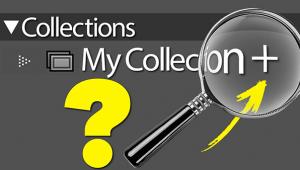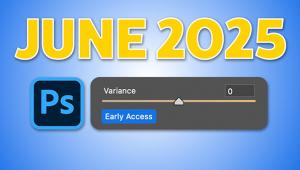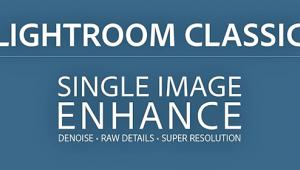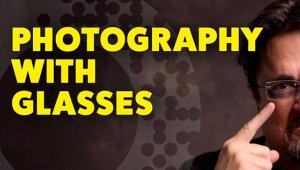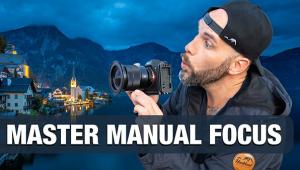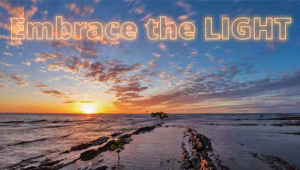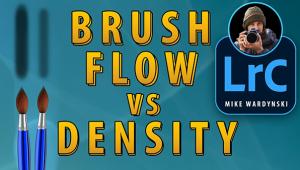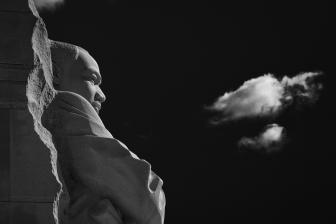Help!
Here Is A Quick Tip List On Letters For The HELP! desk:
Please confine yourself to only one question per letter. Both postal letters and e-mails are fine, although we prefer e-mail as the most efficient form of communication. Send your e-mail queries to editorial@shutterbug.com with Help in the subject header and your return e-mail address at the end of your message. Although we make every effort, we cannot promise to answer every HELP! letter.
When sending a response or suggestion that refers to a published letter please include the month and page of the original question.
All postal letters to HELP! must be accompanied by a stamped, self-addressed envelope to be considered for reply. We will respond to e-mail queries with an e-mail.
Xpan Hot Shoe
Q. I presently own a Hasselblad Xpan II with 45mm and 90mm lenses. What hot shoe flash could I use? I also have a Metz 45CL-4 flash. What number adapter would I need?
Robert J. Belsten
via e-mail
A. I just spoke to the Metz product manager at Bogen Imaging. He said most individuals using the Hasselblad Xpan camera use it in Manual mode with an accessory flash. To adapt your Metz 45CL-4 flash for TTL auto operation you would need a PC cord for the flash and a hot shoe to PC adapter for the camera, such as those offered by Wein and several other firms. He commented that there was a Hasselblad adapter that permitted TTL auto operation with that camera, but the adapter alone cost around $500. It might still be available, but he did not know where you could obtain one. It sounds like using the camera in Manual mode would be the more practical way to go either with your Metz flash or a new shoe-mount flash.
Zykkor On D70?
Q. I have a lens purchased at a yard sale that works on my Nikon D70 only on settings M and Program and with manual focus. Could you bring me up to speed on it? It’s marked ZYKKOR MC AUTO Zoom 1:4 - 5.5 f = 28 - 135mm MACRO, serial number 85101167. I’ve also been unable to use the Macro setting.
Eric Reed
via e-mail
A. Wow, I’ve never heard of this brand of lens in my 60+ years working in photography. I cannot find any mention of it in my reference books. Many lenses made for film cameras will not work properly with digital cameras but some can be used manually, as you have discovered. Some lenses have a release mechanism that engages the Macro mode; you might want to explore the barrel of the lens a bit to see if you can locate a button or setting for macro. Sorry I cannot be of more assistance. Any ideas from readers?
Rangefinder
Q. Current lenses have either no distance scales or very limited ones at best. In order to calculate depth of field, one needs a fairly accurate estimate of the distance of the subject from the camera’s sensor. For subject distances in the range of 20-300 ft, do you know of any reasonably priced distance measuring devices useful for landscape photography?
Michael Gluckman
via e-mail
A. There used to be several versions of a small rangefinder (measuring about 1⁄2” square by 3” long) that fit onto the accessory shoe found on the top of older cameras before built-in rangefinders were common. I have used them, but don’t remember the distance range they indicated. I checked the websites for Porter’s Camera Store, Freestyle Photographic Supplies, and Adorama and did not locate any. You might locate a used one someplace. Adorama did list dozens of rangefinders, primarily for golf and sports uses, but the prices ranged from $150 for a Bushnell Yardage Pro, with other brands costing way up to over $1000. A web search on Yahoo! for “rangefinder” brought up many sources for golf rangefinders.
3D Digital?
Q. Many moons ago, my father introduced me to photography through his Realist stereoscopic camera. Looking at the slides through a two-eye viewer, we were treated to authentic, stereoscopic memories. Having switched to digital, I’m wondering if there are cameras and viewing techniques I could use to take and display stereoscopic images, possibly with special glasses or viewers.
Peter Shikli
San Clemente, CA
A. Fujifilm exhibited a digital 3D option at last fall’s photokina trade show, which was mentioned on page 36 of our January 2009 issue. It is based on a newly developed chip called the “RP (Real Photo) Processor 3D.” The camera uses twin Fujinon lenses; there is a new 8.4” 3D digital frame for viewing both regular and 3D images (without need for special glasses) and a 3D printing system which produces prints that are similar to the lenticular prints made from three- and four-lens 3D cameras in recent years. There does seem to be renewed interest in 3D imaging today with several articles and ads printed in 3D in different publications (along with cardboard 3D viewing glasses). There is a website with lots of information and links for obtaining more data about 3D today: www.stereoscopy.com. I just skimmed through some of the data there and found most references were to applications of 3D in movies, TV, games, and point-of-purchase displays. There was reference to a new 3D viewing kit for PCs that Olympus introduced in Japan.

















